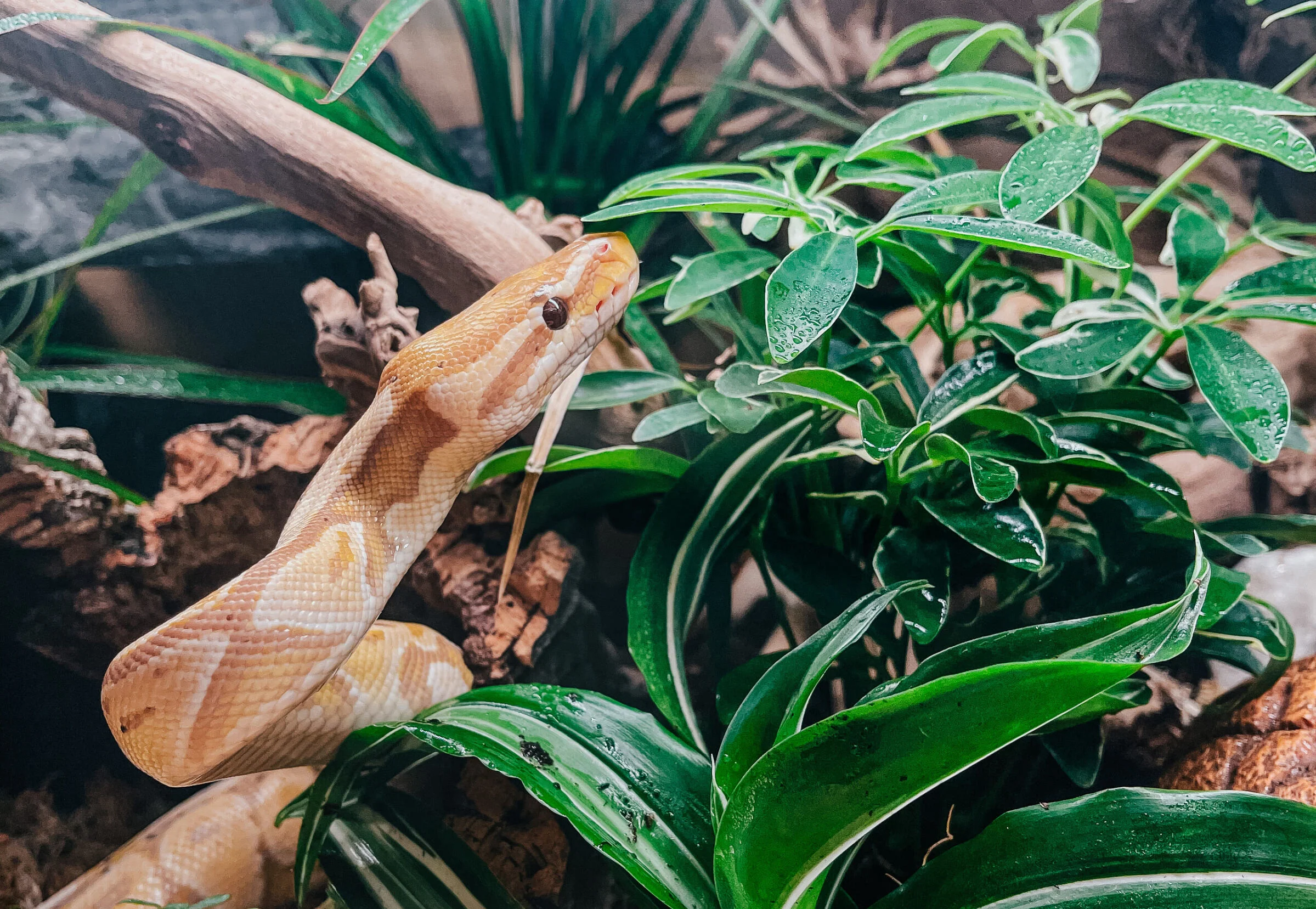Transporting snakes over long distances requires careful planning and proper equipment to ensure their safety and well-being. Whether you’re moving to a new home, taking your serpent to a veterinary appointment, or bringing home a new slithery friend, the journey can be stressful for these sensitive reptiles. Temperature fluctuations, handling, and unfamiliar surroundings can all impact your snake’s health during travel. This comprehensive guide will walk you through everything you need to know about creating a secure, comfortable transport setup that minimizes stress and maintains your snake’s health throughout the journey, regardless of the distance or duration.
Understanding Snake Transportation Challenges
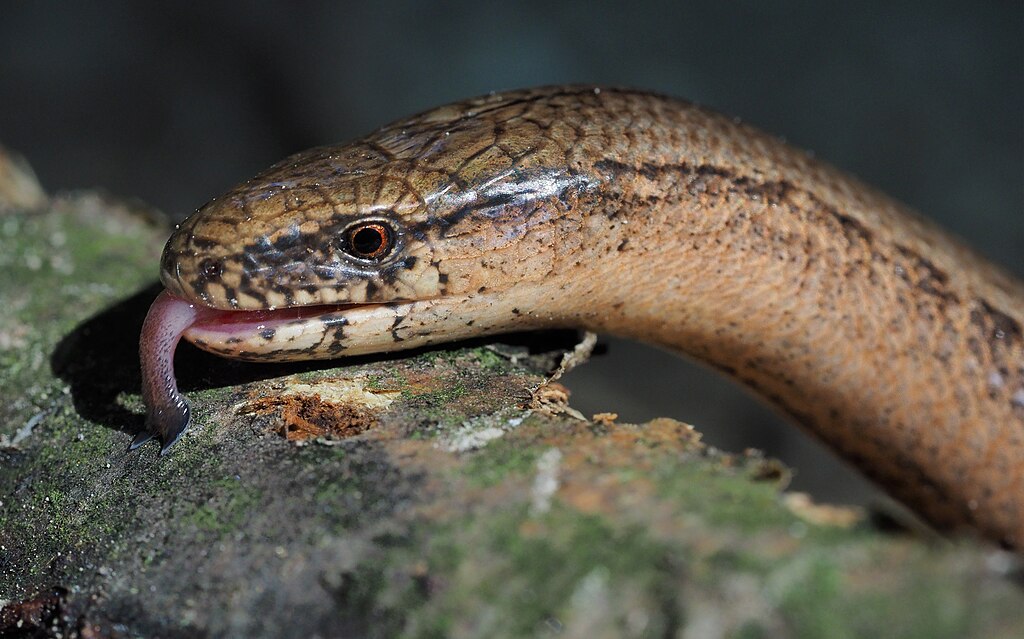
Snakes face unique challenges during transportation that differ significantly from other pets. Unlike mammals, reptiles cannot regulate their body temperature internally and rely completely on their environment for thermoregulation. During travel, temperature fluctuations can quickly become dangerous, potentially leading to respiratory infections or digestive issues if too cold, or overheating if too warm. Additionally, snakes are sensitive to motion and vibration, which can induce stress responses including regurgitation of recent meals, defensive behaviors, or attempts to escape their enclosure. The confined spaces typically used for transport can also increase stress levels, especially in larger species accustomed to roaming. Understanding these specific challenges is essential for developing an appropriate transportation strategy that addresses your snake’s biological needs.
Choosing the Right Transport Container
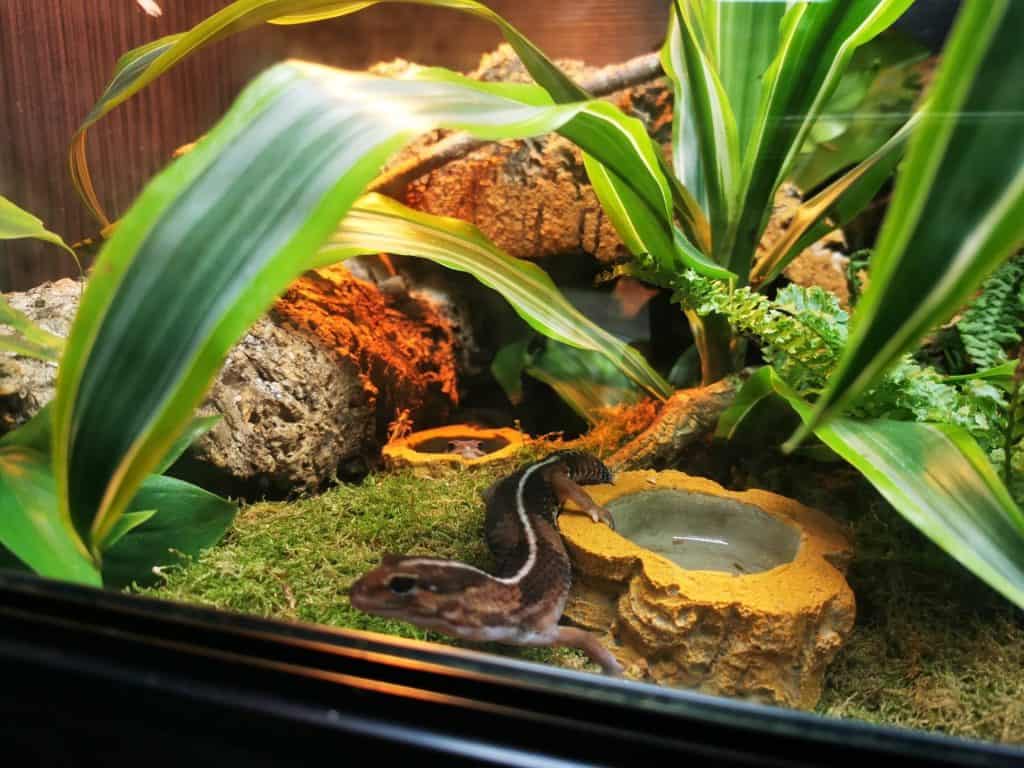
Selecting an appropriate container is perhaps the most crucial element of your snake transportation setup. The ideal transport container should be escape-proof, ventilated, insulated, and appropriately sized for your snake. Small to medium snakes can often be transported in specialized reptile shipping containers, sturdy plastic containers with secure locking mechanisms, or purpose-built reptile travel carriers. For larger specimens, modified storage totes with ventilation holes and secure locking lids may be necessary. Whatever container you choose, ensure it provides enough space for the snake to lie comfortably but not so much that it could be injured by excessive movement during transport. The container should be completely escape-proof—remember that snakes can push through surprisingly small openings and apply significant force against lids. Ventilation is equally important; drill or punch multiple small air holes in the upper portions of the container to allow for adequate airflow without compromising security.
Creating Proper Temperature Control
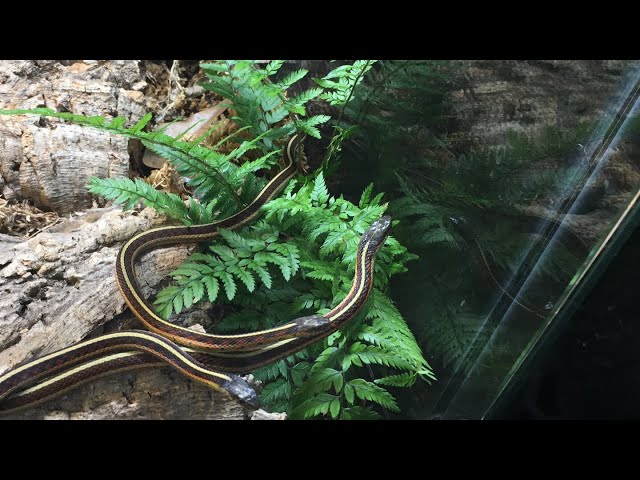
Maintaining appropriate temperature during transport is critical for your snake’s health and comfort. The optimal temperature range will vary by species, but generally falls between 75-85°F (24-29°C) for most common pet snakes. For short journeys in moderate weather, insulating the container may be sufficient using towels or blankets wrapped around the transport box. For longer trips, you’ll need active heating options like chemical heat packs designed specifically for reptile shipping, which activate when exposed to air and provide gentle heat for 40-72 hours. Never use heat sources that could overheat or burn your snake, such as direct hot water bottles or electric heating pads without thermostatic control. Always place heat sources outside the container with insulating material between the heat source and the snake to prevent direct contact. For travel in hot weather, focus instead on preventing overheating by using cooler packs (not directly touching the snake) and keeping the container out of direct sunlight.
Providing Secure and Comfortable Substrate
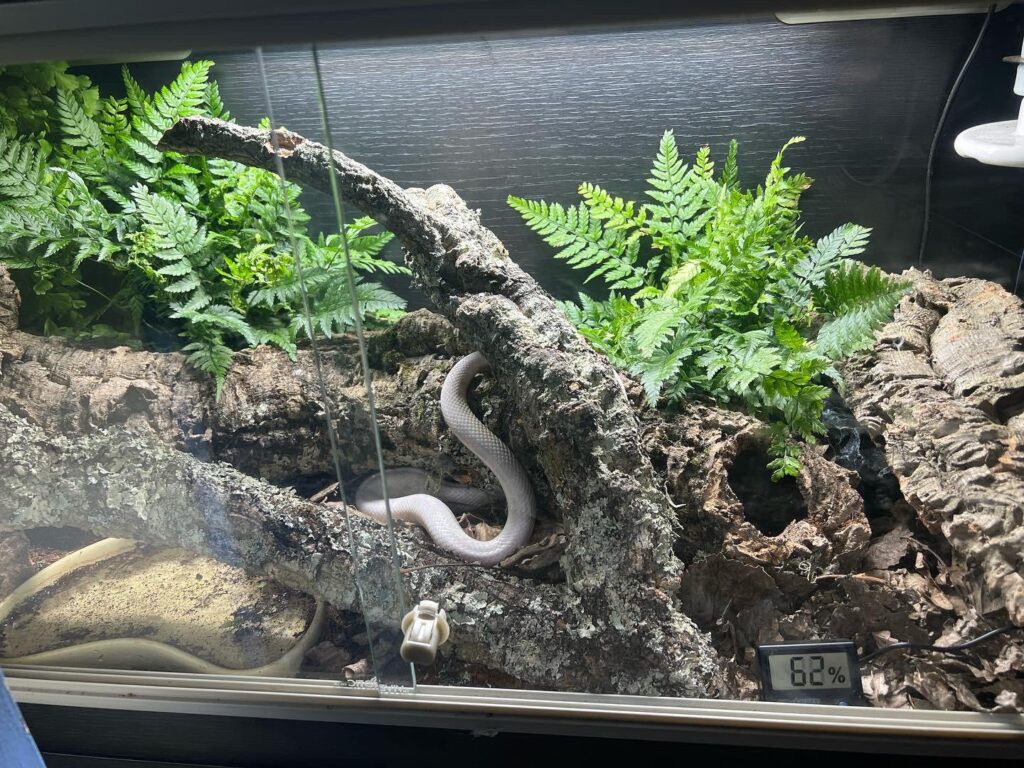
The substrate in your snake’s transport container serves multiple purposes: providing comfort, absorbing waste, maintaining humidity, and preventing sliding during movement. For most transport situations, paper towels make an ideal substrate choice as they’re clean, absorbent, and won’t cause impaction if accidentally ingested. Avoid loose substrates like aspen shavings or reptile bark that can shift during transport and potentially cause respiratory irritation or eye injuries. For species requiring higher humidity, slightly dampened sphagnum moss can be used, though be careful not to make the environment too wet, which could lead to scale rot during extended transport. For very long journeys, consider layering the substrate so you can remove soiled top layers without completely disturbing the snake. The substrate should cover the entire floor of the container to provide consistent traction and comfort throughout the journey.
Incorporating Essential Hide Spots
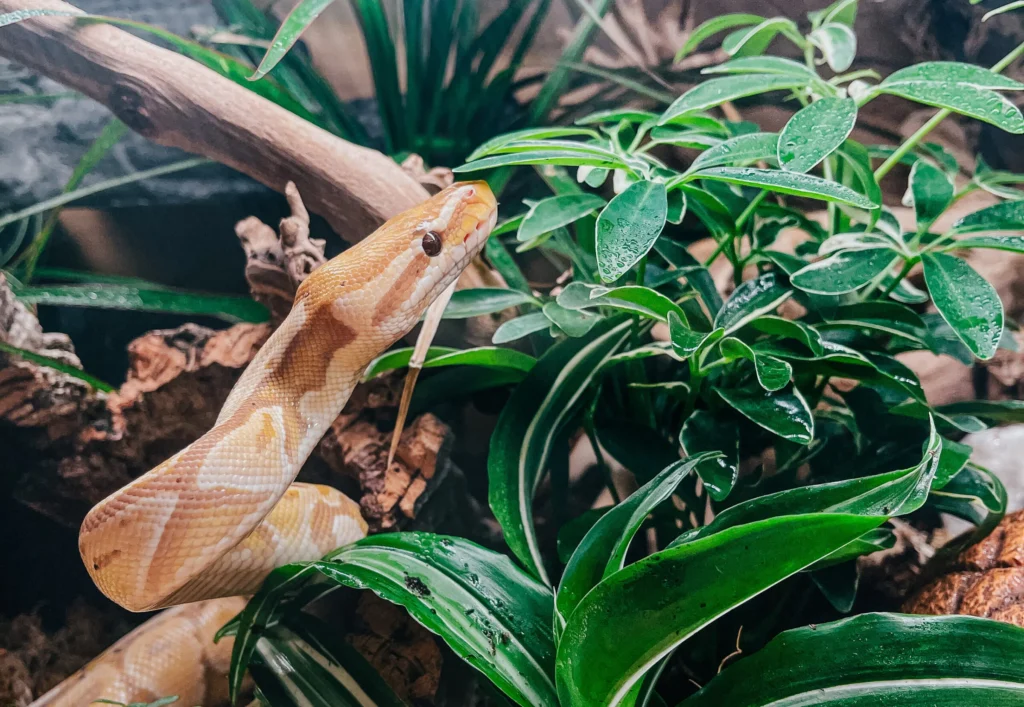
Snakes are instinctively secretive animals that feel most secure when they have places to hide, making hide spots an essential component of any transport setup. For transport purposes, lightweight hide options are preferable to avoid injury if they shift during movement. A simple hide can be created by cutting an entrance hole in a small cardboard box, a paper cup laid on its side, or a commercially available reptile hide made of lightweight plastic. If using natural materials like cork bark, ensure they’re secured to prevent shifting. Position the hide so that at least one side touches the container wall to give your snake a sense of security. For particularly shy or stress-prone species, consider adding a second hide on the opposite temperature gradient if space allows. The hide should be just large enough for your snake to fit completely inside while maintaining contact with the sides, as this provides the most psychological comfort.
Managing Humidity Requirements
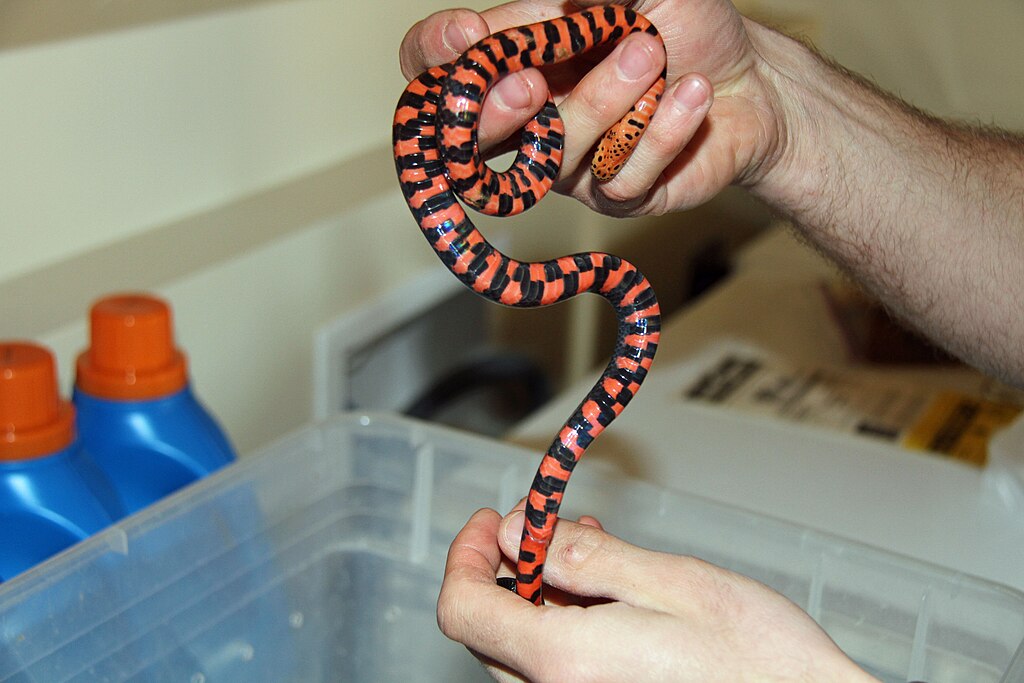
Different snake species have varying humidity requirements that must be maintained even during transport to prevent respiratory issues or dehydration. Species from tropical environments, like ball pythons or Amazon tree boas, typically require humidity levels between 50-70%, while desert-dwelling species like corn snakes can tolerate lower humidity. For short trips, misting the substrate lightly before departure may be sufficient. For longer journeys, include a small, spill-proof water container or a humidity sponge that can slowly release moisture without creating puddles. If traveling to particularly dry regions or during winter when heating systems create dry air, consider including a small humidifier sponge or dampened moss in a ventilated container that the snake cannot directly contact. Monitor humidity using a small hygrometer placed inside the transport container, especially for humidity-sensitive species. Remember that excess moisture can be as problematic as insufficient humidity, potentially leading to scale rot or respiratory infections, so aim for balance.
Timing Food and Water Before Travel
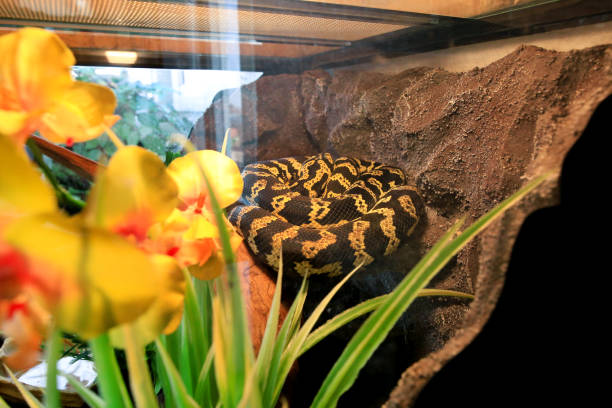
Proper timing of feeding and hydration is critical for safe snake transport, as improper scheduling can lead to serious health complications. As a general rule, adult snakes should not be fed for at least 48-72 hours before travel to ensure complete digestion and reduce the risk of regurgitation, which can be fatal. For larger meals or larger snake species, this fasting period may need to extend to 4-7 days. Young, growing snakes have faster metabolisms and may only need 24-48 hours between feeding and transport. While fasting is important, hydration remains critical; offer water up until the day before travel, then remove water dishes to prevent spilling during transport. For journeys lasting more than 8-10 hours, consider including a small, secured water dish that won’t spill during movement, or briefly offering water during rest stops if the temperature is appropriate. Upon arrival at your destination, wait at least 24 hours before offering food to allow your snake to acclimate to its new surroundings.
Securing the Container for Vehicle Transport
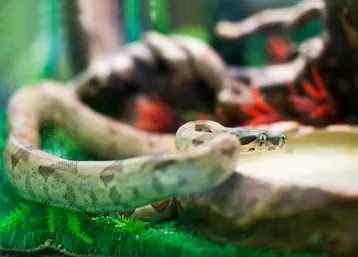
Properly securing your snake’s transport container within your vehicle is essential for both the animal’s safety and your peace of mind during the journey. Place the container on a flat, stable surface like the floor behind the front seats or in the trunk of sedans (ensuring appropriate temperature in that space). Use bungee cords, seat belts, or cargo straps to prevent the container from sliding or tipping during sudden stops or turns. Never place the container on seats where it could fall, in direct sunlight, which could cause fatal overheating, or near car heating/cooling vents, which create temperature extremes. For added stability, surround the container with blankets or towels to absorb vibrations and minimize movement. If traveling with multiple snakes, never stack containers, as this can restrict ventilation and create dangerous temperature gradients. Create a temperature buffer by placing an insulating layer like a moving blanket between the container and any external surface of the vehicle that might experience temperature extremes.
Managing Long-Distance Car Travel
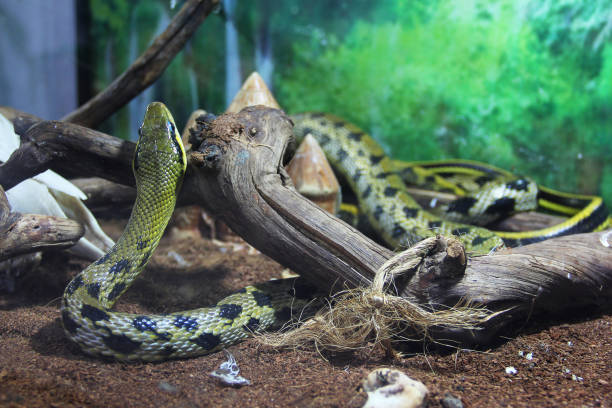
When traveling long distances by car with your snake, creating a strategic plan to manage both the journey and your pet’s well-being becomes essential. Break your journey into manageable segments of no more than 8-10 hours of driving per day when possible, allowing time to check on your snake during stops. During overnight stays at hotels (call ahead to confirm their pet policy regarding reptiles), bring the snake’s container into your room and monitor the temperature throughout the night. Consider traveling with a partner who can monitor the temperature and condition of your snake while you drive. Keep a digital thermometer with a probe inside the transport container with the display visible from the driver’s seat, if possible. Prepare for emergencies by researching exotic veterinarians along your route and keeping their contact information readily available. Carry a small emergency kit including extra heat packs, bottled water, paper towels, and basic reptile first aid supplies to address any issues that might arise during the journey.
Navigating Air Travel with Snakes
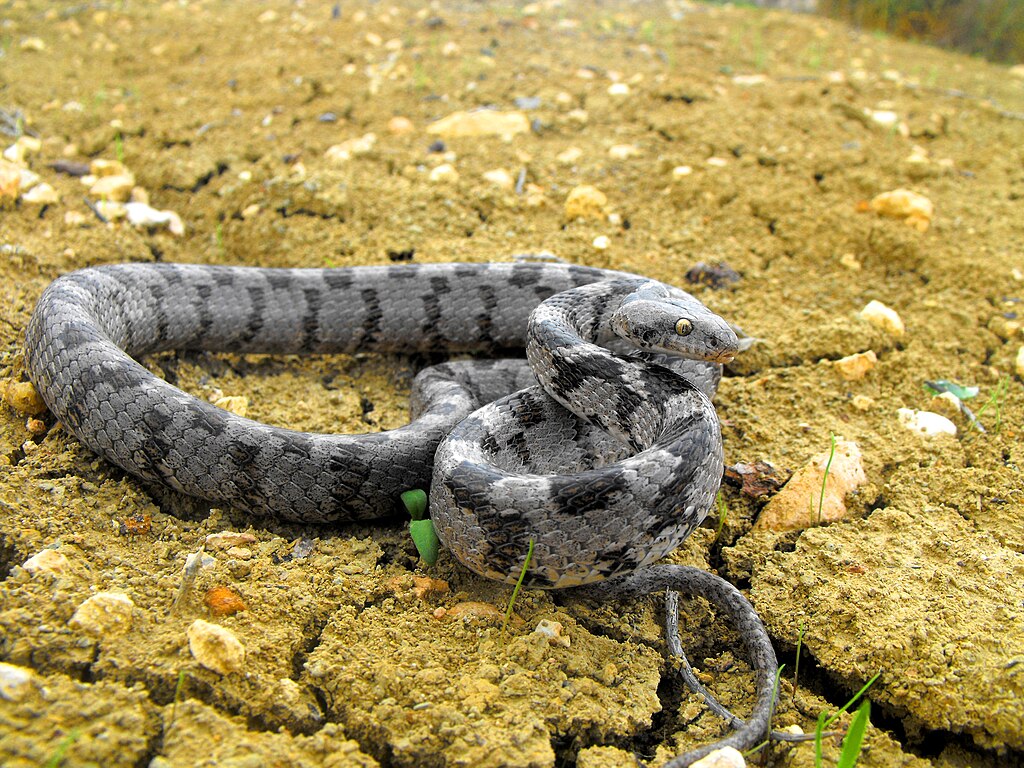
Air travel with snakes presents unique challenges and requires thorough preparation well in advance of your flight. First, confirm that your airline allows reptile transport, as policies vary widely, with many only permitting snakes as checked baggage or cargo rather than carry-on. International travel involves additional complications, including health certificates, permits, and potential quarantine requirements; research these regulations at least 3-6 months before travel. For air transport, your snake will need an airline-approved container that meets both the carrier’s specifications and International Air Transport Association (IATA) Live Animal Regulations, which generally require secure, escape-proof containers with proper ventilation and “Live Animal” labeling. Pack heat packs or cooling elements as appropriate for the season, calculated to last the entire journey, including potential delays. Most importantly, include clear written instructions on the container regarding the care of your snake in case of unexpected circumstances, along with your contact information and that of your destination contact.
Shipping Snakes Through Reptile Transporters
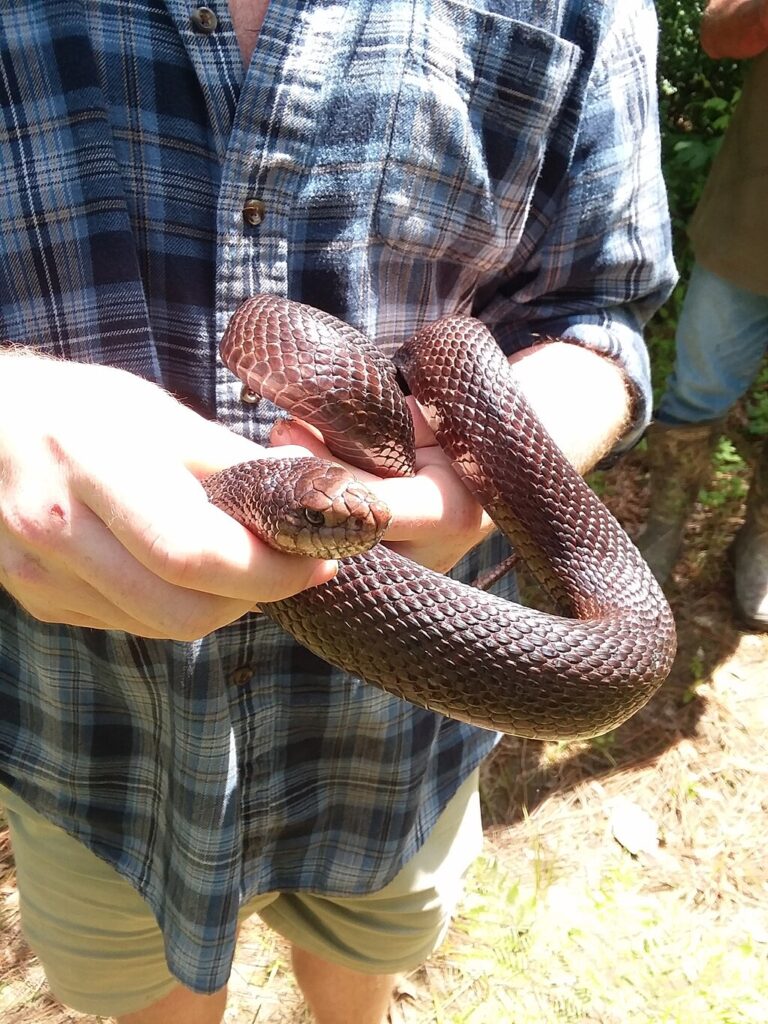
Professional reptile shipping services offer a specialized alternative for transporting snakes long distances when personal travel isn’t feasible. These services employ staff experienced in reptile care and use climate-controlled vehicles or specialized shipping arrangements designed specifically for cold-blooded animals. When selecting a shipping service, verify their reptile-specific experience, insurance coverage, and track record with live animal transportation. Reputable services will require detailed information about your snake’s size, species, and specific care requirements before transport. Prepare your snake according to the shipper’s guidelines, which typically include fasting requirements similar to those for personal transport. Many professional services provide their shipping containers, but you may need to prepare your snake in a secure temporary container for pickup. Always obtain tracking information and ensure someone will be available at the destination to receive the animal promptly. While generally more expensive than personal transport, professional services often represent the safest option for very long distances or particularly valuable specimens.
Monitoring Snake Health During Transport
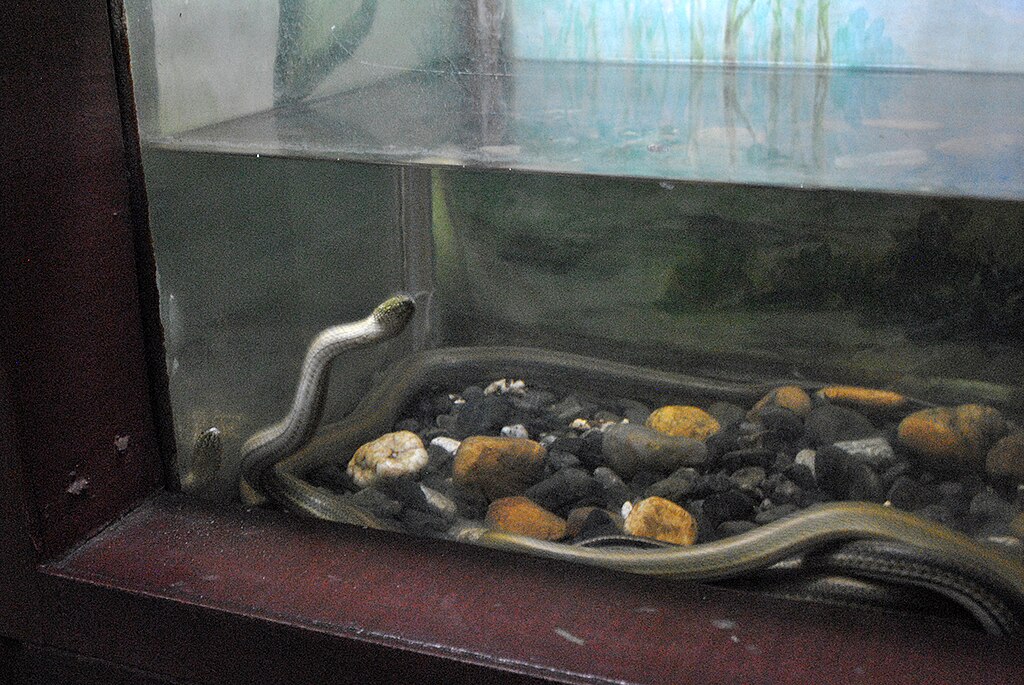
Vigilant health monitoring during transport can prevent minor issues from developing into serious problems for your snake. Before departure, document your snake’s normal appearance and behavior as a baseline for comparison during the journey. During transport, regularly check for signs of stress or health concerns, including abnormal breathing patterns, excessive mucus around the mouth or nostrils, unusual posturing, or discoloration. Temperature monitoring is particularly critical; digital thermometers with probes placed inside the transport container but away from direct contact with the snake provide the most accurate readings. For journeys exceeding several hours, schedule brief wellness checks every 4-6 hours when it’s safe to do so, minimizing handling but confirming proper temperature and that your snake appears alert and responsive. Be particularly attentive to signs of overheating (gaping mouth, seeking cooler areas of the container) or being too cold (sluggishness, tight coiling), and adjust your temperature control measures accordingly. Keep a travel log noting observations about your snake’s condition, container temperature, and any adjustments made during the journey.
Post-Travel Care and Acclimation
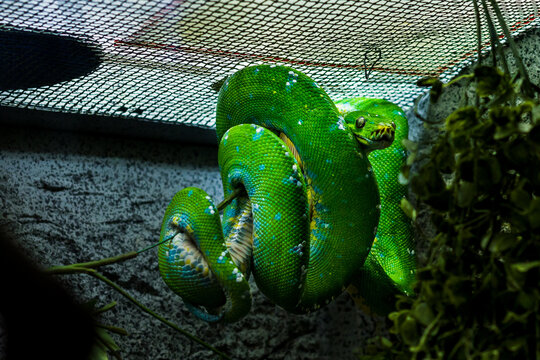
The care you provide immediately after arriving at your destination plays a crucial role in your snake’s recovery from the stress of travel. Upon arrival, place the transport container in a quiet, temperature-controlled location and allow your snake to rest undisturbed for 1-2 hours before transferring it to its permanent enclosure. When ready to transfer, ensure the permanent enclosure is completely set up with appropriate temperature gradients, hide spots, and fresh water. Handle your snake minimally during the transfer, moving it gently and directly to its new environment. Monitor closely for the first 48-72 hours, looking for normal behaviors like exploring, using hide spots appropriately, and showing interest in water. Expect some behavioral changes initially, including refusal to eat, increased hiding, or decreased activity, which typically resolve within a week as the snake acclimates. Wait at least 48 hours before offering food, and consider starting with a smaller prey item than usual to ease digestive stress. If concerning symptoms like continued refusal to eat after two weeks, respiratory distress, or abnormal posturing persist, consult an experienced reptile veterinarian promptly.
Transporting snakes over long distances requires meticulous planning and attention to detail, but with the right approach, you can ensure your reptile companion arrives safely and with minimal stress. By prioritizing temperature control, security, and comfort, you create conditions that respect your snake’s biological needs during what would otherwise be a challenging experience. Remember that each snake species has specific requirements, and individual animals may have their sensitivities that require accommodation. Take time to prepare thoroughly before departure, remain vigilant during transport, and allow for proper acclimation upon arrival. With proper preparation and care, your snake can weather the journey and quickly return to its normal, healthy behavior patterns in its new location.

